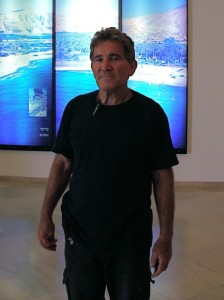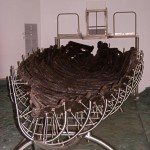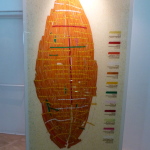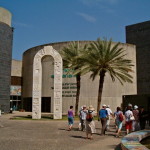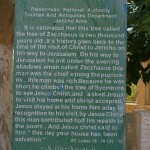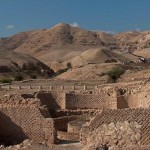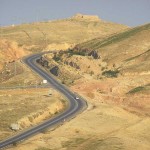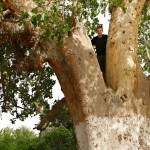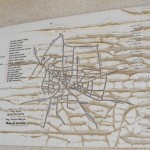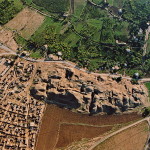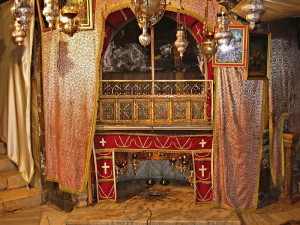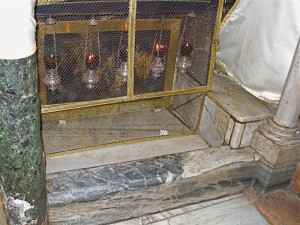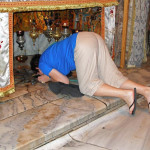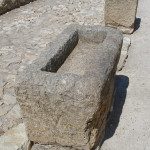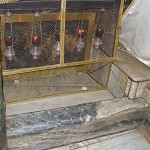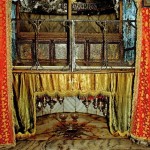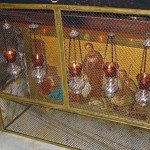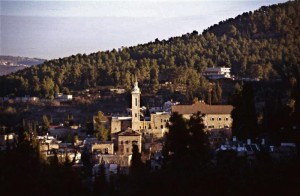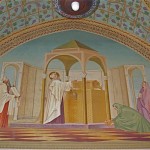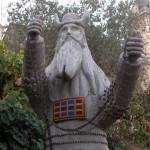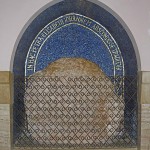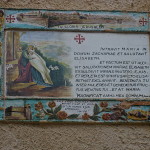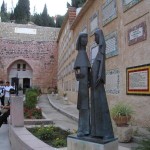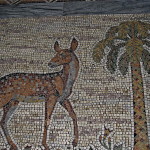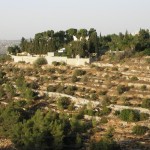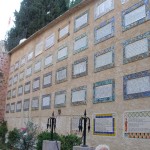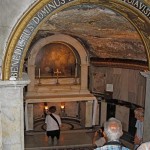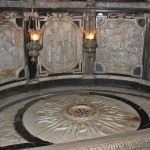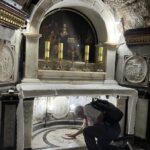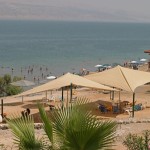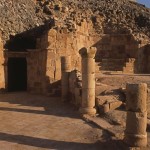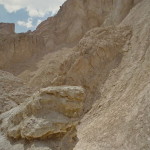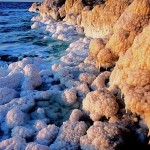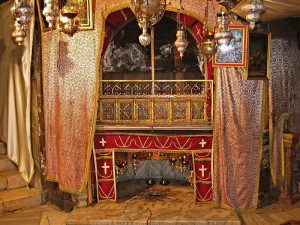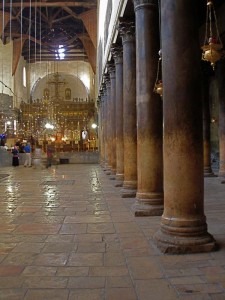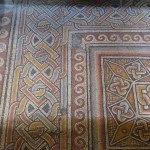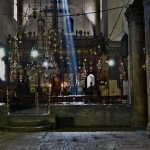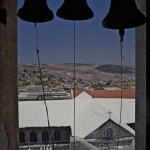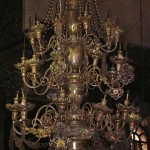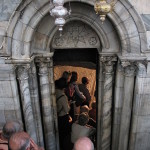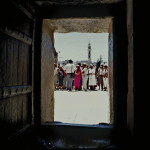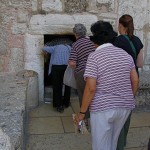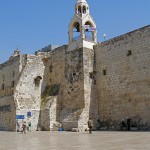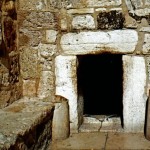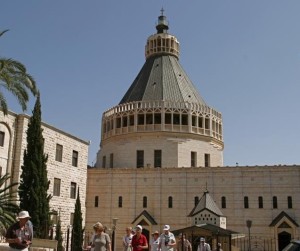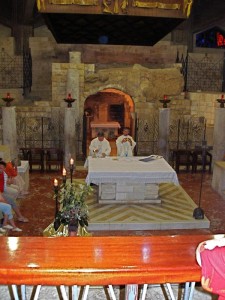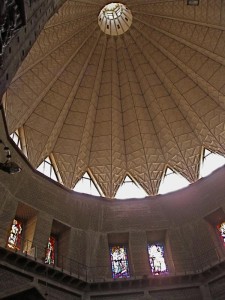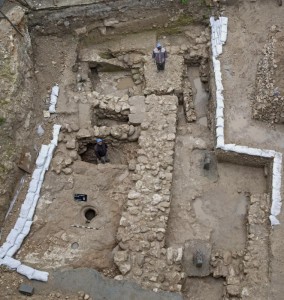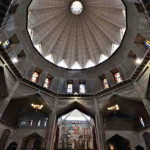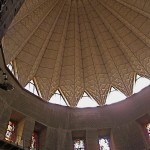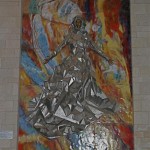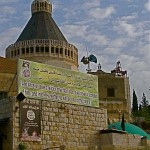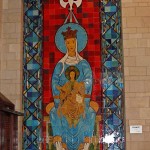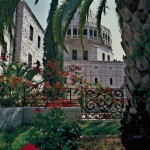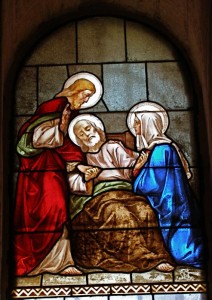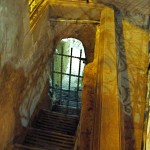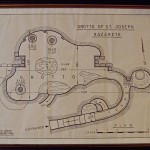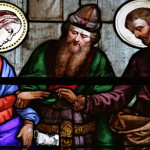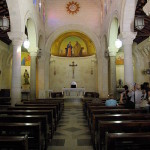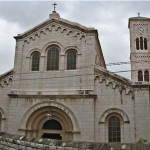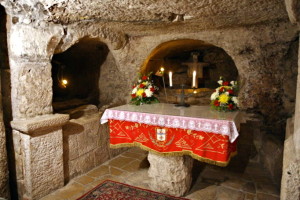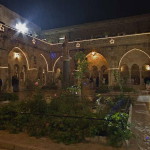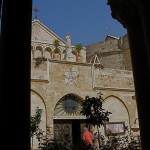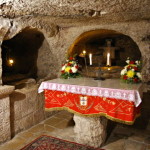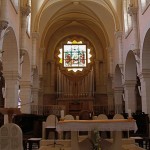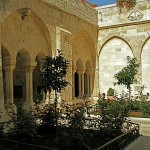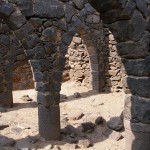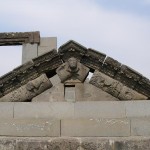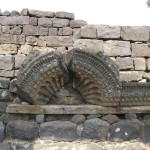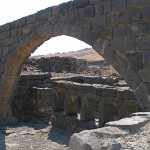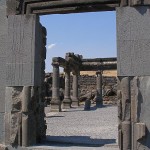Israel
The Sea of Galilee yielded an unexpected catch in 1986 — the hull of a fishing boat old enough to have been on the water in the time of Jesus and his disciples.
The remains of the so-called Jesus Boat were found in the muddy lakebed (the Sea of Galilee is actually a freshwater inland lake) during a time of severe drought.
The remains were 8.3 metres (27 feet) long, 2.3 metres (7.5 feet) wide and 1.3 metres (4.3 feet) high. This size would have enabled it to carry up to 15 people.
Extracting it safely presented a huge challenge to excavators. Conservation of its waterlogged timbers then took 11 years.
In 2000 the vessel — officially known as “The Ancient Galilee Boat” — went on permanent display in the Yigal Allon Museum at Kibbutz Ginosar, near where it was discovered.
The type of boat Jesus used
Boats such as this are mentioned more than 50 times in the Gospel accounts of Jesus’ ministry in Galilee, but there is no evidence to link this particular boat to Jesus or his disciples.
However, radio carbon dating has established that the Jesus Boat began life as a fishing vessel between 120 BC and AD 40, a period that could encompass the time that Jesus spent on the Sea of Galilee.
Shelley Wachsmann, who as the Israel Department of Antiquities inspector of underwater antiquities was intimately involved in the excavation, says: “It does seem that the boat fits this time range and is of the type that would have been used by Jesus and his disciples.”
Found near Mary Magdalene’s home town
Two fishermen brothers, Moshe and Yuval Lufan, both keen amateur archaeologists, stumbled across the oval outline of the buried boat. It was on the north-west shore of the Sea of Galilee, about 1.5km north of Migdal, the home of Mary Magdalene.
The method of construction identified it as typical of ancient boats in the Mediterranean region. The planks of the hull were edge-joined with mortise-and-tenon joints held in place with wooden pegs.
The Jesus Boat had a rounded stern and a fine bow. Both the fore and aft sections were probably decked in, although the preserved remains did not reach this height.
Besides cedar planking and oak frames, five other woods were used: Aleppo pine, sidar, hawthorn, willow and redbud.
Evidence of repeated repairs showed the boat had been used for several decades, perhaps nearly a century.
When its fishermen owners thought it was beyond repair, they removed all useful wooden parts, including the mast, stempost and sternpost — just as components of an old car might be removed today for spare parts. Then they pushed it out into the lake, where it sank in the silt.
Excavation took 11 days

Twelve wood types found in the Jesus Boat (Seetheholyland.net)
Media hype following the discovery forced archaeologists to attempt an immediate excavation. While the Ministry of Tourism was promoting the “Jesus connection” in the hope of attracting pilgrims, ultra-Orthodox Jews in nearby Tiberias were demonstrating against the prospect of a boost to Christian missionary endeavours.
Because rains had begun, a massive dike had to be built around the site to protect it from the rising lake level.
The waterlogged timbers had the consistency of wet cardboard. Because evaporation would cause them to collapse, the boat had to be sprayed with water day and night and shaded from direct sunlight.
Then, working around the clock for 11 days, excavators and volunteers released the Jesus Boat from its muddy surroundings and encased it in a polyurethane foam “straitjacket” to hold it together.
In Shelley Wachsmann’s words, the boat looked “somewhat like an overgrown, melted marshmellow” when it was floated to the shore and lifted by crane into a conservation pool.
The 11-year conservation process included replacing the water in the wood cells with a synthetic wax that penetrated the cellular cavities of the deteriorated timber.

Full-size replica installed in the Vatican Museums (Vatican Museums)
In September 2023 a full-size replica of the boat was installed in the Vatican Museums “Way of the Sea” permanent exhibition.
In Scripture:
Jesus stills the storm: Mark 4:35-41
Jesus tells parables from a boat: Matthew 13:1-9
The miraculous catch of fish: Luke 5:1-11
Administered by: Yigal Allon Museum, Kibbutz Ginosar
Tel.: 972-4-9119585
Open: Sat-Thur 8am-5pm, Fri 8am-4pm
- Model of Jesus Boat (Seetheholyland.net)
- Yuval Lufan, one of the brothers who found the Jesus Boat (Seetheholyland.net)
- Front-end view of Jesus Boat (Seetheholyland.net)
- Christ in the Storm on the Sea of Galilee, by Ludolf Bakhuysen (Indianapolis Museum of Art)
- Preserved remains of boat from the time of Jesus (© Israel Ministry of Tourism)
- Reconstruction of wooden boat (© BiblePlaces.com)
- Twelve wood types found in the Jesus Boat (Seetheholyland.net)
- Yigal Allon Museum, where the Jesus Boat is displayed (© Israel Ministry of Tourism)
- Artwork at Jesus Boat exhibition (Seetheholyland.net)
- Modern boat on the Sea of Galilee (Seetheholyland.net)
References
Wachsmann, Shelley: “The Galilee Boat—2,000-Year-Old Hull Recovered Intact”, in The Galilee Jesus Knew (Biblical Archaeology Society, 2008)
External links



